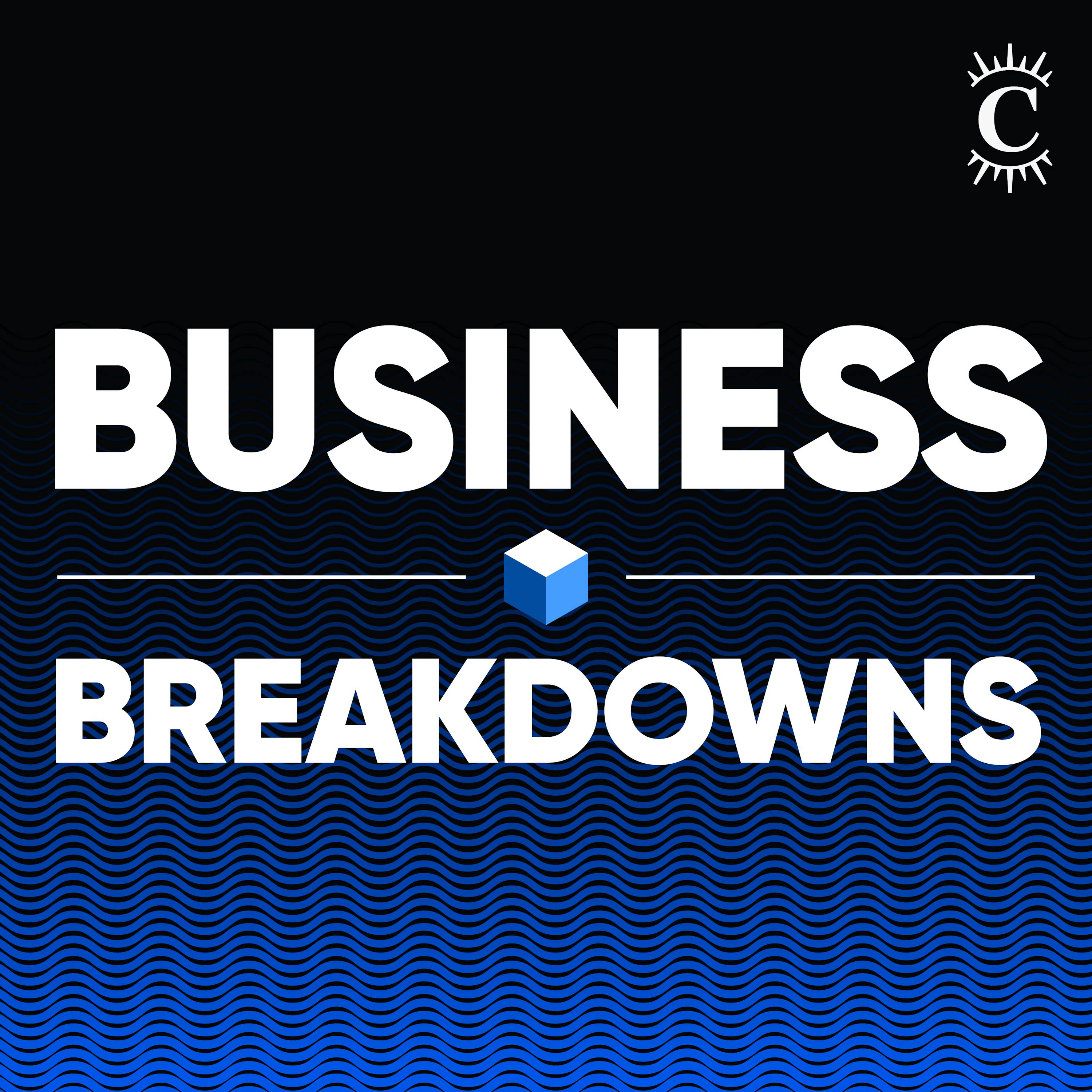![cover of episode 2024 Anecdotes to Remember - [Business Breakdowns, EP.198]](https://megaphone.imgix.net/podcasts/c8622a80-bf65-11ef-b28b-e392b22d2596/image/b02edf380b724cead4550b18e90002f5.jpg?ixlib=rails-4.3.1&max-w=3000&max-h=3000&fit=crop&auto=format,compress)
2024 Anecdotes to Remember - [Business Breakdowns, EP.198]

Business Breakdowns
Deep Dive
Why did Coupang succeed despite being a late entrant in the e-commerce market?
Coupang succeeded by focusing on the hierarchy of consumer preferences, emphasizing reliability, consistency, and trust. Unlike third-party marketplaces, Coupang owned its logistics and inventory, ensuring a consistent delivery experience and quick resolution of issues, which built consumer trust and reliance.
How did Gartner evolve from its niche beginnings?
Gartner started as a niche business advising customers on IBM products. Over time, it expanded into other areas of the vendor ecosystem, including marketing and supply chain research, breaking out of its initial niche and growing into a broader research and advisory firm.
What operational changes did Trane implement to improve its performance?
Trane adopted the Toyota Production System (TPS) under CEO Mike Lamach, focusing on data collection, value stream mapping, and cross-functional product growth teams (PGTs). These teams, composed of members from engineering, sales, and operations, were tasked with increasing market share and expanding margins, leading to significant growth in targeted categories.
What makes Vulcan Materials' business model unique in the construction aggregates industry?
Vulcan Materials' business model is unique due to its focus on logistics and location. Opening a new quarry is capital-intensive and time-consuming, requiring significant permits and environmental considerations. Vulcan strategically locates quarries near population centers to minimize transportation costs, which are a major factor in the industry. Additionally, it uses a platform approach to optimize operations and reduce costs.
How did Live Oak Bank differentiate itself through customer service?
Live Oak Bank differentiated itself by offering a high-touch customer experience. Every borrower is met face-to-face to review business plans, and the bank maintains a well-trained call center. This approach ensures personalized service and quick resolution of issues, creating a strong culture of customer care that sets it apart from other neobanks.
What was the key transformation in D.R. Horton's business model that improved its financial performance?
D.R. Horton transitioned from owning large amounts of land to an asset-light model, where it options land instead of owning it outright. This shift reduced capital intensity, improved free cash flow, and increased return on equity (ROE) from 10% to 22%, transforming the company from a real estate business to a high-volume home manufacturer.
How did Rolls-Royce's shift to including service contracts in its pricing model impact its business?
Rolls-Royce's shift to including service contracts in its pricing model aimed to provide value through insurance-like services for aircraft engines. However, the company initially struggled with pricing and cost discipline. The focus on engineering excellence, rather than commercial acumen, made it challenging to fully capitalize on the value of these service contracts, though recent management changes are addressing these issues.
What makes Inditex's financial model particularly strong?
Inditex's financial model is strong due to its high cash conversion rate, with a payout ratio of nearly 90%. The company avoids financial trickery, presenting straightforward financial statements, and maintains low inventory levels (around 80 days), which enhances cash flow. This efficient working capital management and transparency contribute to its robust financial performance.
How did Greg Brown manage activist investors at Motorola?
Greg Brown managed activist investors by focusing on optimizing Motorola's cash-rich balance sheet, selling off non-core businesses like the cable set-top box networks, and repurchasing shares at low valuations. He also streamlined the company's real estate footprint and concentrated on the land mobile radio business, which was the most attractive asset. This approach helped him gain investor confidence and led to significant returns.
What is Winmark's unique approach to investor relations?
Winmark's unique approach to investor relations involves minimal engagement with analysts and a focus on core operations. With 20 shareholders owning 74% of the company, Winmark prioritizes direct communication with its major investors rather than traditional investor relations activities. This allows the management to concentrate on long-term operational growth and franchise development.
Shownotes Transcript
Today we have a special year-end episode of Business Breakdowns, running through some of the best ideas that were featured on the podcast. The goal of the podcast is to detail whatever business we're covering that day. But when you think about the best investors, the best business builders, they're constantly borrowing insights from the success stories that are happening around them.
We start with a high-level theme and then explore a business's life cycle, from establishing a niche with Gartner to building a culture at Live Oak to refining operations via the lens of Trane. We go through the good and bad of business transformations told through the stories of Rolls Royce and D.R. Horton. And we cover what a clean financial model looks like through Inditex. Lastly, we wrap up with management stories that are underappreciated via Motorola and Winmark. Please enjoy this Breakdowns recap.
For the full show notes, transcript, and links to the best content to learn more, check out the episode page here.)
-----
Business Breakdowns is a property of Colossus, LLC. For more episodes of Business Breakdowns, visit joincolossus.com/episodes).
Editing and post-production work for this episode was provided by The Podcast Consultant (https://thepodcastconsultant.com)).
Show Notes
(00:00:00) Welcome to Business Breakdowns
(00:01:34) Hierarchy of Consumer Preferences
(00:06:10) Gartner's Niche Beginnings
(00:07:48) Operational Excellence at Trane
(00:10:43) Understanding Customer Needs
(00:11:46) Vulcan Materials: A Case Study
(00:13:26) Logistics in Construction Aggregates
(00:16:29) High-Touch Customer Experience at Live Oak Bank
(00:19:33) Transitioning Business Models to Financial Models
(00:20:18) Insights from Ed Wachenheim on Home Builders
(00:22:14) The Case for Asset-Light Strategy
(00:23:27) The NVR Model: A Success Story
(00:24:10) Horton's Transformation
(00:25:54) Rolls Royce: A Shift in Business Model
(00:28:51) Financial Modeling and Long-Term Success
(00:30:09) Understanding Payout Ratios
(00:33:21) Greg Brown's Leadership at Motorola
(00:37:13) Winmark's Unique Operational Approach
(00:40:05) Matt’s Wrap Up